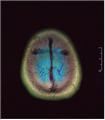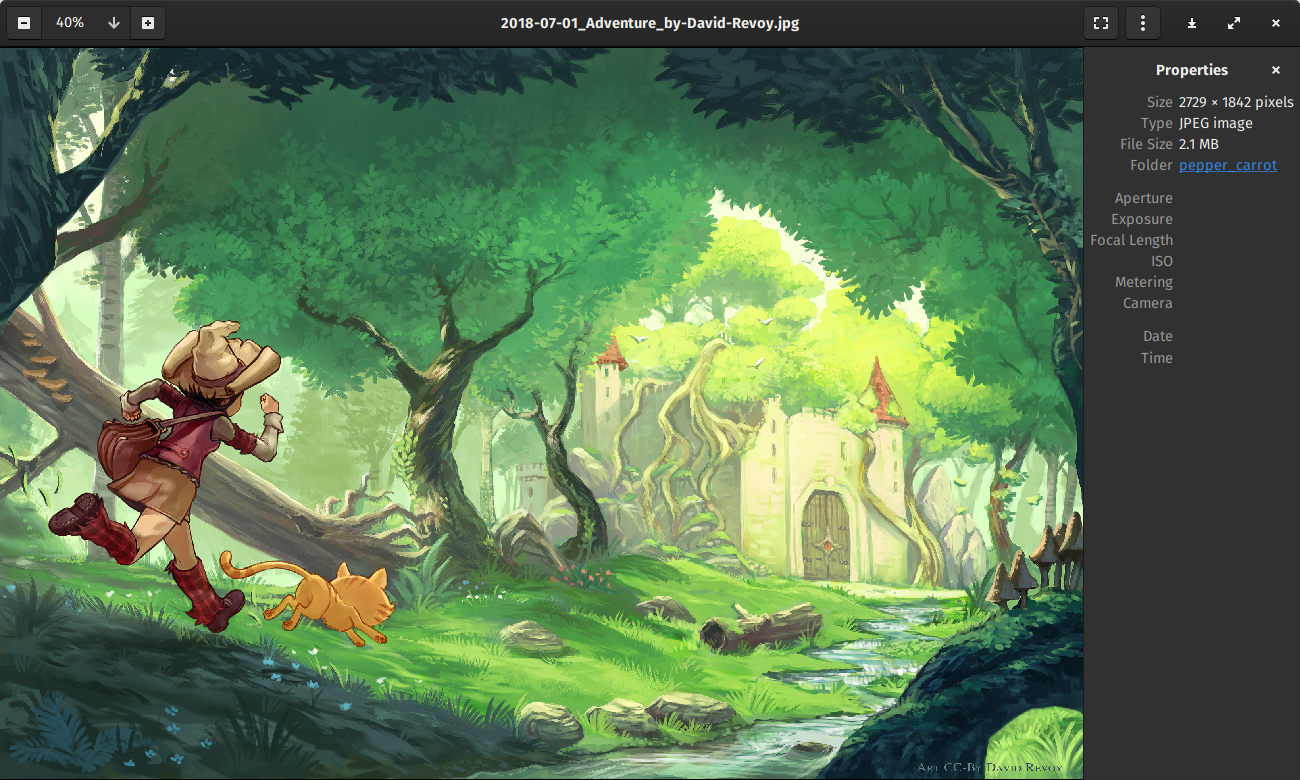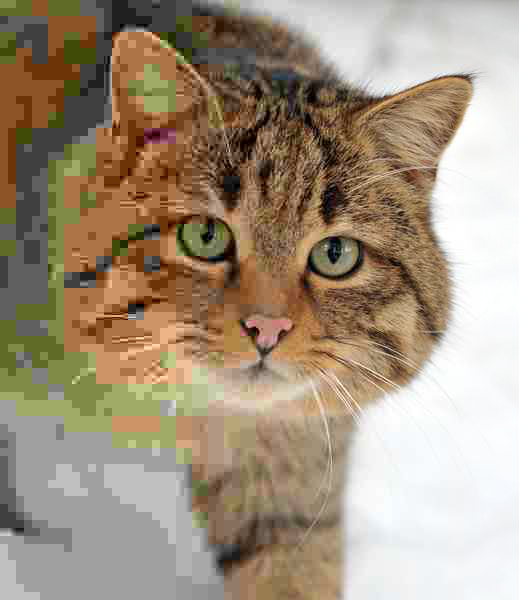|
KSquirrel
KSquirrel is an image viewer for the KDE desktop environment with a disk navigator, file tree, thumbnails, extended thumbnails, dynamic format support, DCOP interface, KEXIF and KIPI plugins support. The current version is 0.8.0 (Dec 07 2007). KSquirrel is under the GPL-2.0-or-later license, and the KSquirrel-libs under the LPGL-2.0-or-later license and other licenses. It supportmore than 57 image formats including PNG, JPEG, PSD, APNG, GIF, WMF, OpenEXR and many other. Current status KSquirrel is abandoned by its original developer since 2008. The image codecs from KSquirrel have been rebranded in 2020 as a lightweight cross-platform image library called SAIL, under the MIT license. However, KSquirrel is still maintained by the TDE team. See also *Comparison of image viewers This article presents a comparison of image viewers and image organizers which can be used for image viewing. Functionality overview and licensing Supported file formats Commonly used vendor-i ... [...More Info...] [...Related Items...] OR: [Wikipedia] [Google] [Baidu] |
Comparison Of Image Viewers
This article presents a comparison of image viewers and image organizers which can be used for image viewing. Functionality overview and licensing Supported file formats Commonly used vendor-independent formats Camera raw formats Supported operating systems Basic features Additional features See also * Comparison of raster graphics editors * Image editing * List of Image file formats Notes * iPhoto is part of '' iLife'', which includes a DVD authoring package (iDVD), a video editor (iMovie), a music player ( iTunes), a multimedia web publisher ( iWeb), and an audio-sequencing program (GarageBand). * FastPictureViewer's DirectX hardware acceleration support depends on the actual video card installed and the amount of available video memory. The commercial version also supports previewing some camera RAW formats for which a WIC-enabled codec exists. Such RAW codecs are currently available from Canon, Nikon, Olympus, Pentax, Sony and for Adobe DNG. * Many appl ... [...More Info...] [...Related Items...] OR: [Wikipedia] [Google] [Baidu] |
KIPI
KDE Image Plugin Interface (usually abbreviated to Kipi or KIPI) is an API that allows creation of application-independent image processing plugins in the KDE project. Host applications * Digikam * KPhotoAlbum (previously named KimDaBa) * ShowImg * Gwenview * KSquirrel (since 0.7.0-pre1) Plugins Acquisition and management * Acquire Images provides tools to capture new images and saves them to the collections. * Kamera klient is a tool to connect the computer to a digital camera. * Batch process. * Find duplicates is a tool to find duplicate photographs on image collections. Metadata/Time * MetadataEdit. * Time adjust is a tool for adjusting image files timestamp. Transform/Convert * JPEG loss less is a tool to transform the images without loss in quality due to compression. * MPEG encoder is a tool for converting a series of images into a diashow-style MPEG file. * RAW image converter, is a conversion tool for raw format images. Export/Send * Flickr export allows the user ... [...More Info...] [...Related Items...] OR: [Wikipedia] [Google] [Baidu] |
APNG
Animated Portable Network Graphics (APNG) is a file format which extends the Portable Network Graphics (PNG) specification to permit animated images that work similarly to animated GIF files, while supporting 24-bit images and 8-bit transparency not available for GIFs. It also retains backward compatibility with non-animated PNG files. The first frame of an APNG file is stored as a normal PNG stream, so most standard PNG decoders are able to display the first frame of an APNG file. The frame speed data and extra animation frames are stored in extra chunks (as provided for by the original PNG specification). APNG competed with Multiple-image Network Graphics (MNG), a comprehensive format for bitmapped animations which was created by the same team as PNG and is obsolete. APNG's advantage was the smaller library size and compatibility with older PNG implementations. In a comparison made between GIF, APNG and lossless WebP, APNG had the lowest file size. History The APNG ... [...More Info...] [...Related Items...] OR: [Wikipedia] [Google] [Baidu] |
Image Viewer
An image viewer or image browser is a computer program that can display stored graphical images; it can often handle various graphics file formats. Such software usually renders the image according to properties of the display such as color depth, display resolution, and color profile. Although one may use a full-featured raster graphics editor (such as Photoshop or GIMP) as an image viewer, these have many editing functionalities which are not needed for just viewing images, and therefore usually start rather slowly. Also, most viewers have functionalities that editors usually lack, such as stepping through all the images in a directory (possibly as a slideshow). Image viewers give maximal flexibility to the user by providing a direct view of the directory structure available on a hard disk. Most image viewers do not provide any kind of automatic organization of pictures and therefore the burden remains on the user to create and maintain their folder structure (using tag- or ... [...More Info...] [...Related Items...] OR: [Wikipedia] [Google] [Baidu] |
Desktop Environment
In computing, a desktop environment (DE) is an implementation of the desktop metaphor made of a bundle of programs running on top of a computer operating system that share a common graphical user interface (GUI), sometimes described as a graphical shell. The desktop environment was seen mostly on personal computers until the rise of mobile computing. Desktop GUIs help the user to easily access and edit files, while they usually do not provide access to all of the features found in the underlying operating system. Instead, the traditional command-line interface (CLI) is still used when full control over the operating system is required. A desktop environment typically consists of icons, windows, toolbars, folders, wallpapers and desktop widgets (see Elements of graphical user interfaces and WIMP). A GUI might also provide drag and drop functionality and other features that make the desktop metaphor more complete. A desktop environment aims to be an intuitive way for the u ... [...More Info...] [...Related Items...] OR: [Wikipedia] [Google] [Baidu] |
GNU General Public License
The GNU General Public License (GNU GPL or simply GPL) is a series of widely used free software licenses that guarantee end user In product development, an end user (sometimes end-user) is a person who ultimately uses or is intended to ultimately use a product. The end user stands in contrast to users who support or maintain the product, such as sysops, system administrat ...s the Four Freedoms (Free software), four freedoms to run, study, share, and modify the software. The license was the first copyleft for general use and was originally written by the founder of the Free Software Foundation (FSF), Richard Stallman, for the GNU Project. The license grants the recipients of a computer program the rights of the Free Software Definition. These GPL series are all copyleft licenses, which means that any derivative work must be distributed under the same or equivalent license terms. It is more restrictive than the GNU Lesser General Public License, Lesser General Public License ... [...More Info...] [...Related Items...] OR: [Wikipedia] [Google] [Baidu] |
GNU Lesser General Public License
The GNU Lesser General Public License (LGPL) is a free-software license published by the Free Software Foundation (FSF). The license allows developers and companies to use and integrate a software component released under the LGPL into their own (even proprietary) software without being required by the terms of a strong copyleft license to release the source code of their own components. However, any developer who modifies an LGPL-covered component is required to make their modified version available under the same LGPL license. For proprietary software, code under the LGPL is usually used in the form of a shared library, so that there is a clear separation between the proprietary and LGPL components. The LGPL is primarily used for software libraries, although it is also used by some stand-alone applications. The LGPL was developed as a compromise between the strong copyleft of the GNU General Public License (GPL) and more permissive licenses such as the BSD licenses and the M ... [...More Info...] [...Related Items...] OR: [Wikipedia] [Google] [Baidu] |
Portable Network Graphics
Portable Network Graphics (PNG, officially pronounced , colloquially pronounced ) is a raster-graphics file format that supports lossless data compression. PNG was developed as an improved, non-patented replacement for Graphics Interchange Format (GIF) — unofficially, the initials PNG stood for the recursive acronym "PNG's not GIF". PNG supports palette-based images (with palettes of 24-bit RGB or 32-bit RGBA colors), grayscale images (with or without an alpha channel for transparency), and full-color non-palette-based RGB or RGBA images. The PNG working group designed the format for transferring images on the Internet, not for professional-quality print graphics; therefore non-RGB color spaces such as CMYK are not supported. A PNG file contains a single image in an extensible structure of ''chunks'', encoding the basic pixels and other information such as textual comments and integrity checks documented in RFC 2083. PNG files use the file extension PNG or pn ... [...More Info...] [...Related Items...] OR: [Wikipedia] [Google] [Baidu] |
JPEG
JPEG ( ) is a commonly used method of lossy compression for digital images, particularly for those images produced by digital photography. The degree of compression can be adjusted, allowing a selectable tradeoff between storage size and image quality. JPEG typically achieves 10:1 compression with little perceptible loss in image quality. Since its introduction in 1992, JPEG has been the most widely used image compression standard in the world, and the most widely used digital image format, with several billion JPEG images produced every day as of 2015. The term "JPEG" is an acronym for the Joint Photographic Experts Group, which created the standard in 1992. JPEG was largely responsible for the proliferation of digital images and digital photos across the Internet, and later social media. JPEG compression is used in a number of image file formats. JPEG/ Exif is the most common image format used by digital cameras and other photographic image capture devices; along with ... [...More Info...] [...Related Items...] OR: [Wikipedia] [Google] [Baidu] |
Windows Metafile
Windows Metafile (WMF) is an image file format originally designed for Microsoft Windows in the 1990s. The original Windows Metafile format was not device-independent (though could be made more so with placement headers) and may contain both vector graphics and bitmap components. It acts in a similar manner to SVG files. WMF files were later superseded by Enhanced Metafiles (EMF files) which did provide for device-independence. EMF files were then themselves enhanced via EMF+ files. Essentially, a metafile stores a list of records consisting of drawing commands, property definitions and graphics objects to display an image on screen. The drawing commands used are closely related to the commands of the Graphics Device Interface (GDI) API used for drawing in Microsoft Windows. There are three major types of metafiles – a WMF is a 16-bit format introduced in Windows 3.0. It is the native vector format for Microsoft Office applications such as Word, PowerPoint, and Publisher ... [...More Info...] [...Related Items...] OR: [Wikipedia] [Google] [Baidu] |
OpenEXR
OpenEXR is a high-dynamic range, multi-channel raster file format, released as an open standard along with a set of software tools created by Industrial Light & Magic (ILM), under a free software license similar to the BSD license. It is notable for supporting multiple channels of potentially different pixel sizes, including 32-bit unsigned integer, 32-bit and 16-bit floating point values, as well as various compression techniques which include lossless and lossy compression algorithms. It also has arbitrary channels and encodes multiple points of view such as left- and right-camera images. Overview A full technical introduction of the format is available on the OpenEXR website. OpenEXR, or EXR for short, is a deep raster format developed by ILM and broadly used in the computer-graphics industry, both visual effects and animation. OpenEXR's multi-resolution and arbitrary channel format makes it appealing for compositing, as it alleviates several painful elements of the proc ... [...More Info...] [...Related Items...] OR: [Wikipedia] [Google] [Baidu] |
MIT License
The MIT License is a permissive free software license originating at the Massachusetts Institute of Technology (MIT) in the late 1980s. As a permissive license, it puts only very limited restriction on reuse and has, therefore, high license compatibility. Unlike copyleft software licenses, the MIT License also permits reuse within proprietary software, provided that all copies of the software or its substantial portions include a copy of the terms of the MIT License and also a copyright notice. , the MIT License was the most popular software license found in one analysis, continuing from reports in 2015 that the MIT License was the most popular software license on GitHub. Notable projects that use the MIT License include the X Window System, Ruby on Rails, Nim, Node.js, Lua, and jQuery. Notable companies using the MIT License include Microsoft ( .NET), Google ( Angular), and Meta ( React). License terms The MIT License has the identifier MIT in the SPDX License List. ... [...More Info...] [...Related Items...] OR: [Wikipedia] [Google] [Baidu] |





